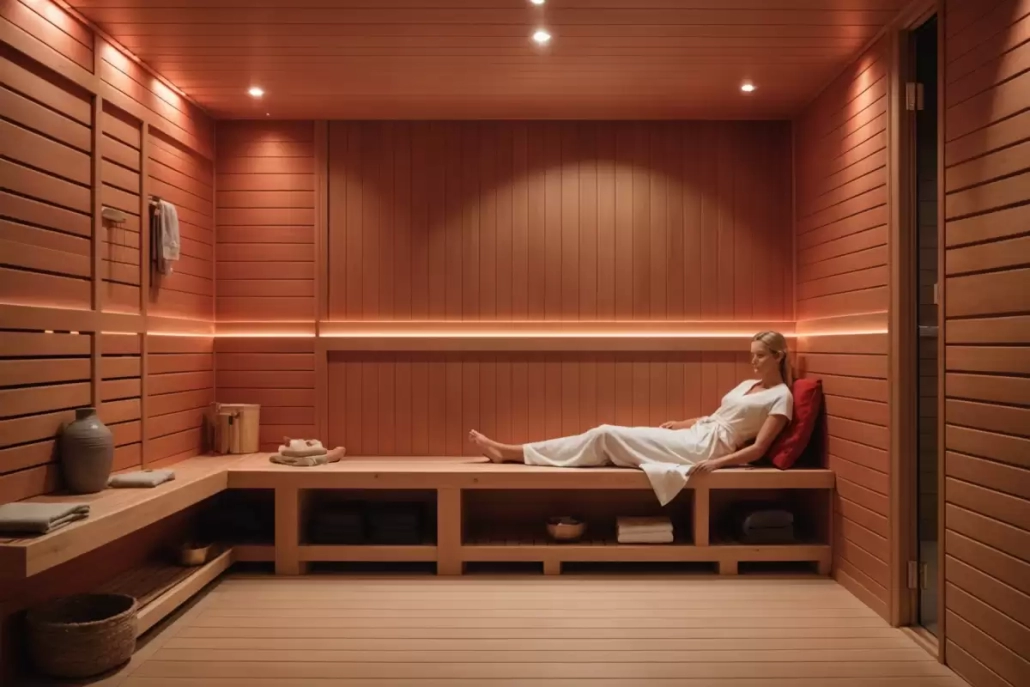Thriving in Chaos: Cultivating Agility and Resilience in Business
“`html
In today’s fast-paced business environment, the ability to pivot and adapt is no longer just a nice-to-have—it’s a necessity. As market dynamics shift and technology evolves at breakneck speeds, businesses that cling to old models risk being left behind. So, how can business leaders ensure their organisations remain agile and responsive to change?
One key strategy is fostering a culture of continuous learning and innovation. In many ways, this is like tending to a garden. You can’t just plant seeds and walk away; you need to nurture them, adapt to changing weather conditions, and sometimes even replant when things don’t go as planned. Similarly, businesses need to cultivate an environment where employees are encouraged to learn new skills, experiment with new ideas, and pivot when necessary. This approach not only helps organisations stay competitive but also keeps employees engaged and motivated.
Ever tried to implement a new process or technology in your own business? It’s a game-changer when done right. But it requires a mindset that embraces change rather than fears it. This is where leadership plays a crucial role. Leaders who model adaptability and resilience set the tone for the entire organisation. They show that it’s okay to take calculated risks and that failure is often just a stepping stone to success.
Speaking of resilience, it’s not just about bouncing back from setbacks; it’s about bouncing forward. It’s about using challenges as opportunities to innovate and improve. This mindset is particularly important in today’s unpredictable world, where the only constant is change. And it’s not just about surviving the chaos—it’s about thriving in it.
For a deeper dive into how individuals and teams can develop these critical skills, I recommend checking out MyAdventure Group’s insightful article on adapting and thriving amid chaos. They offer practical advice on building adaptability and resilience, which are essential for navigating today’s complex business landscape.
Another aspect to consider is the role of technology in facilitating adaptability. With advancements in AI and automation, businesses have more tools than ever to streamline processes and make data-driven decisions. However, technology should be seen as an enabler, not a crutch. It’s the people behind the technology who drive innovation and change. Therefore, investing in employee training and development is crucial to ensure that your team can leverage these tools effectively.
Moreover, creating a flexible work environment can significantly enhance an organisation’s adaptability. This might mean rethinking traditional office setups, offering remote work options, or implementing flexible hours. By giving employees the autonomy to choose how and where they work, businesses can foster a more agile and responsive workforce.
In conclusion, adapting to change is not just about implementing new strategies or technologies—it’s about cultivating a mindset that embraces change as an opportunity for growth. By fostering a culture of continuous learning, leveraging technology, and creating flexible work environments, businesses can not only survive but thrive in today’s ever-changing world.
If you’re interested in exploring more about building resilience and adaptability, I highly recommend visiting MyAdventure Group’s blog for valuable insights. Additionally, the Harvard Business Review offers a wealth of resources on leadership and innovation that can further enhance your understanding and approach to these critical business challenges.




